What To Bring When Coming To Niseko-Hirafu
Our handy packing guide to help you decide what to bring to Niseko for your ski or snowboarding vacation in Niseko this coming winter season.
It can be tough to know just what to stuff in your suitcase when flying across the world. When your destination is a winter wonderland, you can really start to feel those airline luggage limits!
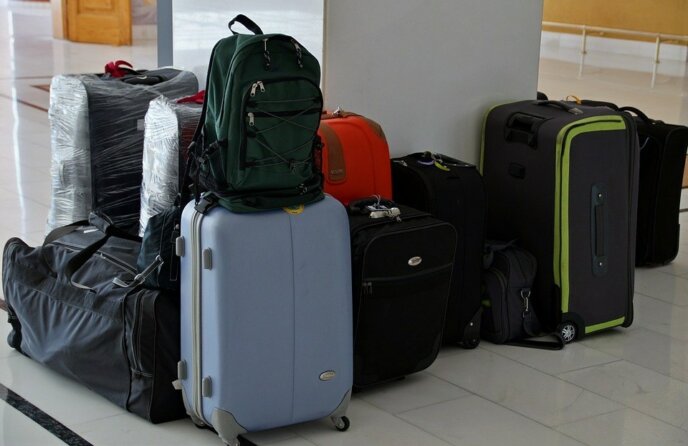
Keep in mind, it isn't just the airline restrictions, you have to lug all your bags with you, too!
Clothing:
Thermal-wear
Staying warm is incredibly important in winter conditions and as it can get quite cold in Niseko, make sure to pack proper thermal-wear to keep you warm and comfortable.
- Quality thermal-wear will keep you warmer and drier than your average cotton socks and shirts.
- Thermal-wear is possibly the most important part of your winter wardrobe, make sure you bring more than one pair/set of thermal-wear so that you aren't wearing the same socks for a whole week.
- Don't forget your underpants! They come in thermal, too.
- Many accommodation providers will have either private or shared laundry facilities. Make sure you check about this ahead of time, so that you can work this into your packing plans.

While it is fun to play and roll around in the snow, make sure you dress warmly while you do!
Outerwear
While thermal-wear will help you to keep warm, you do need to have a good outer-shell to stave off the wind and keep the warmth in.
- Make sure you have a full set of proper winter-grade outerwear (jackets, boots, scarves, face-warmers, gloves and hats).
- When selecting which boots to bring, look for a pair that has a high-cut. Niseko's snow can really pile up and if you step off the path, you might find the snow melting into your socks if you are wearing a low-cut pair of boots!
- Pack according to the weather. While it can get cold here in Niseko, the temperatures can range quite a bit depending on when during the season you are coming. You probably won't need an arctic-grade jacket if you are coming in March or April.
- Keep your head and neck warm! Scarves, balaclavas, and good winter hats are crucial to staying warm.
- Many of these items may overlap with your ski wear (below) so keep this in mind when packing.
Casual wear
You probably won't spend all your time on the slopes and if you are planning on going out for dinner or a drink at the end of a day then you'll need some casual clothes.
- Most places in Niseko don't have strict dress codes so you probably won't need to have a full suit-and-tie, but having at least one smart casual option is a good idea.
- It's recommended to bring a few sets of casual clothes for your off-days or for evenings.
- Don't be afraid of going out in your ski-wear. While it may not be your most stylish clothing, Niseko is a ski town and most places are understanding if you are wearing your ski pants and jacket (do make sure you change your footwear and take of any boot spikes if you are wearing them).
Extra tips for clothing:
- Plan out layered outfits for multiple days so you can keep to strict baggage limits.
- Don't rely on being able to wear the same set of thermal long johns each day.
- If you need more specific tips about staying warm when out on the mountain, take a look at our guide to staying warm in cold weather!
- Don't panic if you forget something like your gloves. There are a number of excellent gear shops around Niseko and you will always be able to pick up an extra set of thermals or a new winter hat if you find yourself in need. If you are looking to pick up gear that is tailor-made for Niseko conditions, keep an eye out for Oyuki-brand apparel.

Oyuki's Tamashii Mitt -designed and nuilt for the Niseko Winter.
Ski and snowboard equipment:
As an experienced skier or snowboarder, you will have your own personalised list of what you need to bring. That said, we have covered all the essentials and a few other worthy additions to get you started below:
Helmet
You might not think it's necessary, but when it comes to your head, no risk is worth it so be sure to bring a helmet if luggage space allows.
- Even if you are just keeping to yourself on the groomed pistes, a helmet could save your life in the event that something unexpected were to happen.
- If you plan on going through one of the many trick parks or if you want to get out among the trees then you definitely should wear a helmet.
- While not every skier and snowboarder might think helmets are the coolest piece of headgear to sport around the slopes, they certainly are the safest.
Goggles and lenses
Goggles are essential to your ski or snowboard kit. They help to add definition to snow features, improving your visibility. They protect you from the elements, like wind and snow, and UV rays when it is clear.
- Polarized lenses - Great for bright clear days when the sun is out as they help to cut the UV rays and glare off the snow. If you are coming in March and April, you will get more use out of polarized lenses than if you are coming in December, January or February. That said, you never know when a bluebird sky is going to grace the mountain and you will want to have a polarized lense in case.
- Non-polarized lenses - These lenses tend to come in oranges, yellows, pinks, purples, and browns. A little more opaque than polarized lenses, they don't cut the light as much, but do tend to add a lot of detail to snow features in low light. Don't come to Niseko without a good non-polarized lense. With all the snowfall Niseko receives you will find yourself wanting this during the daytime quite often. Don't forget that if you plan on enjoying Niseko's amazing night runs, you will be better off with the non-polarized lense as well.
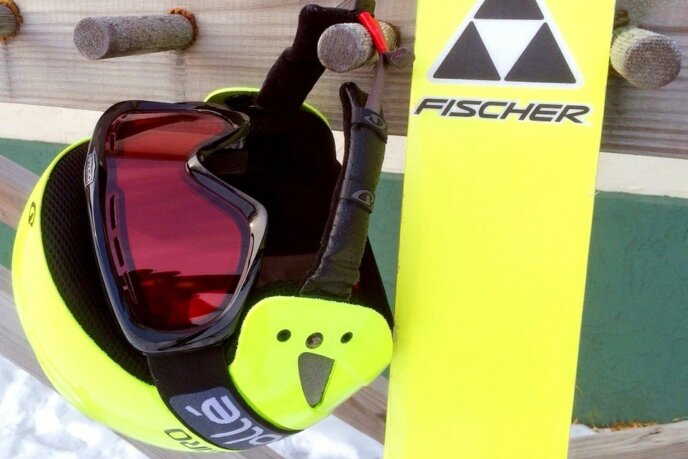
Helmet, goggles, and skis all ready to go.
Ski gear
You can't ski without your skis, poles and boots! If you have the space, don't give up on the idea of bringing multiple sets of skis.
- Powder skis - Niseko powder conditions can be truly extraordinary. If you have a pair of fat powder skis and are coming during peak powder times, you will definitely want to bring your pair.
- Standard skis - Even if you are expecting to spend all or most of your time out the gates or in the side or backcountry, it might be worth bringing a pair of standard skis. If conditions don't cooperate, or you decide you want to spend a day exploring the groomed runs, it may be worth having an alternative pair.
- Poles - It is often recommended to bring a spare set. While no one plans to lose a pole, it is especially easy when you are skiing in the side or backcountry in a half-meter of fresh powder snow. If you lose your grip on a pole and it tumbles into the snow, you might spend an hour looking to no avail.
- Boots and bindings - No need to bring more than one pair of boots or bindings unless you are bringing along specialised bindings (like telemark boots and bindings).
- Ski skins - If you are planning a trip into the backcountry and own a pair of ski skins, you will want to bring them along. Alternatively, if you prefer a pair of snowshoes you can always strap your skis to your avalanche backpack. The snowbase up the mountain is deep, so you will want to make sure that you have the right footwear to get to where you want to be to carve some fresh lines in the snow.
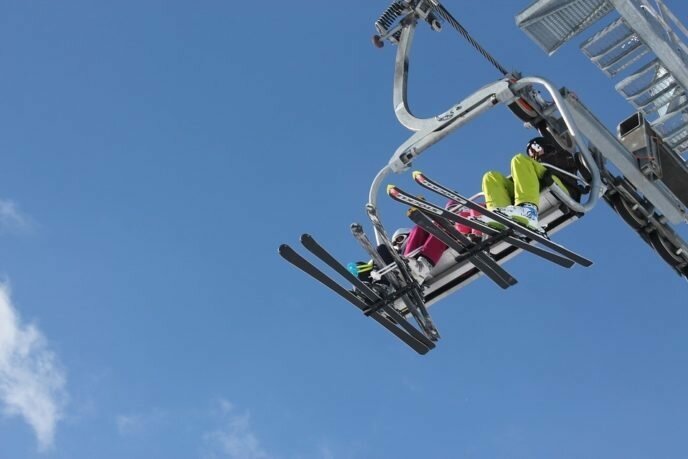
Bring your own ski equipment to feel right at home on the slopes.
Snowboard gear
If you are an avid boarder and have a range of boards, it is well worth bringing along a few different boards as Niseko has some excellent snow variation to take advantage of.
- Powder board - If you are looking to really enjoy Niseko's legendary powder snow, nothing beats a powder-specific board. Whether it is a split-tail or just nice and long with a wide nose and back-set bindings you are surely going to appreciate having your powder board for when the conditions are right.
- All-mountain board - If you aren't planning on spending a lot of time out in the powder or are planning on staying on the main groomed courses, an all-mountain board is your best bet. Dip into the trees or take a run on through one of the trick parks and you will be glad you brought it.
- Split-board - If you are looking to do some trekking out of the gates and own a split-board and skins, it can be worth bringing them along as it can save space in your luggage rather than bringing a set of snowshoes.
- Boots and bindings - You likely won't need more than one set of boots and bindings. Don't forget to bring the right binding discs if you are bringing boards that have different fixings (like Burton's channel bindings).
- Snowshoes - If you don't own a split-board and skins or you prefer your snowshoes and plan to trek a bit, make sure you bring a pair of snowshoes! The powder gets deep up the mountain and if you are climbing through one or two meters or more of snow, you won't regret bringing appropriate footwear.
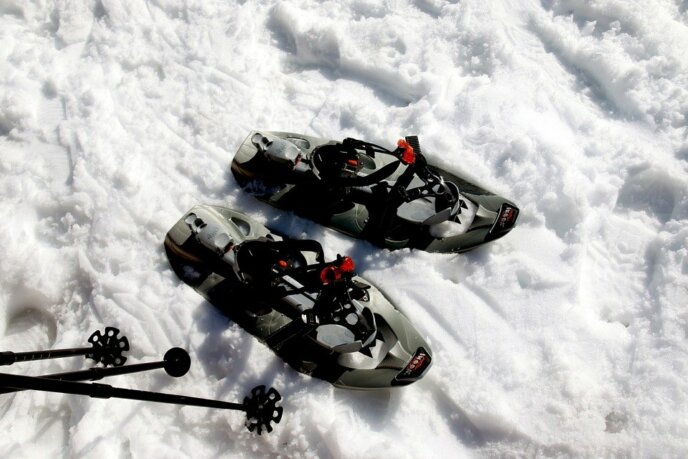
Planning on getting out into the wild? A good pair of snowshoes will help.
Avalanche gear and ABS
While avalanches are not common in the Niseko area, they are not unheard of. If you are planning on going out through the gates or doing a private trip in the backcountry, make sure you have a full set of avalanche gear.
- Backpack, probe, shovel/spade, and beacon.
- Certified avalanche safety training.
- A friend or a group of friends.
- ABS Avalanche Airbag - it might save your life but keep in mind it is not a replacement to a proper avalanche kit and buddy system - never go into the backcountry alone!
Rentals
If you don't own your own equipment, rentals are available in the resorts. Many accommodation providers will have a guest services or concierge team who will be able to help you get all of this sorted out before you arrive. If the accommodation you are staying at doesn't have the facilities to help you pre-book your rentals, don't worry as there will be a variety of different rental options at each of the resorts.
Extra tips for your equipment:
Label your bags
- Mark and label your gear bags clearly and include the destination to help ensure that they reach the resort in case they get lost en route. This is crucial if you plan to send your gear ahead.
- Check with your accommodation provider if you are planning on using a courier service to forward your gear to the resort before you arrive. It may not be as simple as sending your skis along to where you are staying. It may be that the best place to send it is a designated front desk which can receive your gear.
- Making a mistake with the address could result in a taxi ride to one of the local courier distribution centers in Kutchan Town, which is where your luggage will end up if your gear cannot be delivered. You probably don't want to spend your first half-day tracking down your skis.
Waxing
- You probably will not be able to shave off an old layer of wax and apply a new one in your room. Most hotels and property management companies don't particularly appreciate wax shavings in the carpet.
- If it is a large hotel or accommodation provider, they may have a ski locker room where you can apply a new layer.
- Consider getting your waxing done locally by one of the ski shops. Ski shops will know the conditions quite intimately and snow conditions can vary quite a bit around the globe. Getting a professional waxing can make a lot of difference on the slopes.
Other useful items to bring:
Travel documents
Be sure to organise and pack all of the details of your trip and keep them in a plastic file folder so the documents are safe and easy to access. Have a physical copy of your transfer numbers, and records of all of your reservations. as you will need details on where you are staying in Japan when you get off of the plane and go through Japanese customs.
Yen
Japan is still considered a cash country and while Niseko is picking up with card acceptance and international ATMs, don't leave anything to chance. Have some yen ready to use for taxis and miscellaneous items for when you first arrive into the country. If you are ordering Japanese Yen before you come, you will likely be able to keep an eye on when the exchange rate is more favourable. It can sometimes require a week or two depending on your bank when you order foreign currency
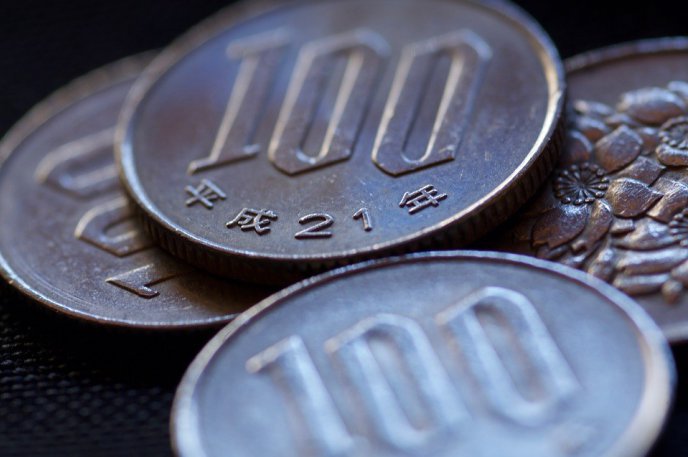
A handful of coins will only get you so far without a pocketful of bills to back it up!
Camera
Whether it is a GoPro or just a point and click there are bound to be tonnes of memories and moments you will want to record both on and off the slopes. Upload them and share them with your friends. Be sure to tell them all about your trip, maybe even bring them along next time you come!
Boot spikes
With the addition of heated sidewalks, Hirafu has become significantly safer and easier to walk, however there are still a few places where you might want the extra traction on your feet so boot spikes are a good idea.
